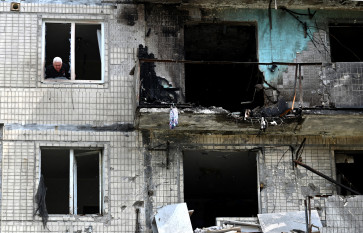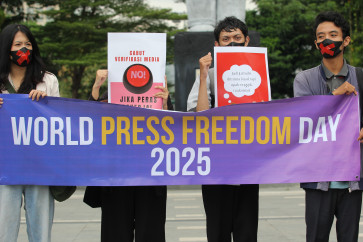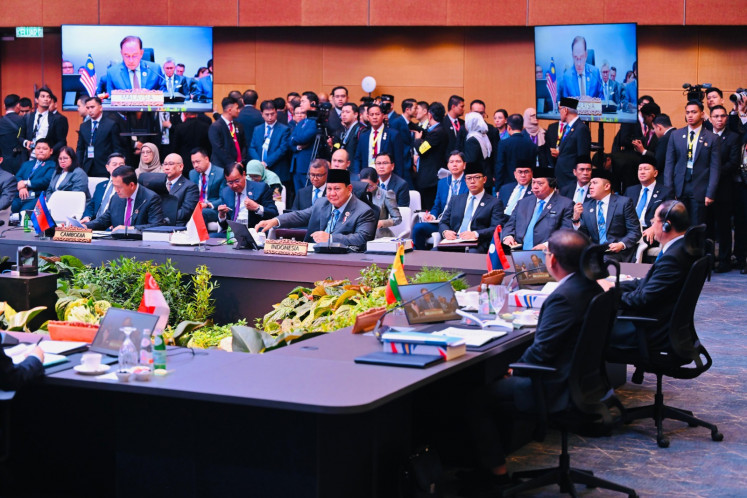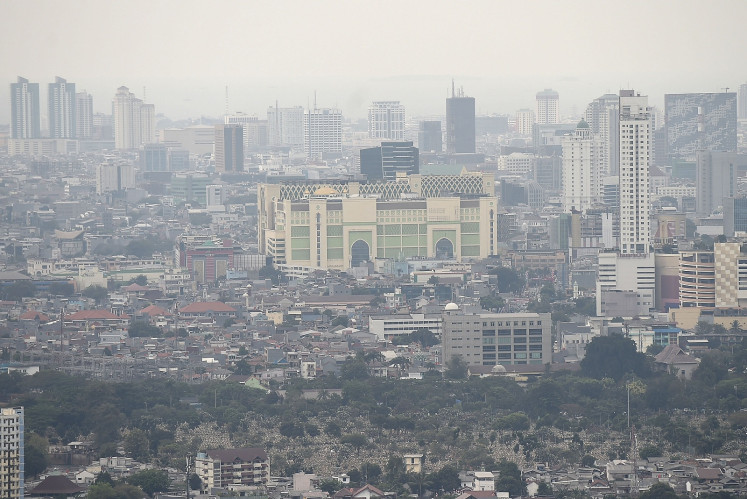Center offers free cataract surgery
The Jakarta Eye Center is set to open a new cataract center in Rangkasbitung, Banten, in conjunction with a local hospital, providing free of charge surgery to those unable to afford it
Change text size
Gift Premium Articles
to Anyone

The Jakarta Eye Center is set to open a new cataract center in Rangkasbitung, Banten, in conjunction with a local hospital, providing free of charge surgery to those unable to afford it.
JEC ophthalmologist Dr. Donny Istiantoro said an average of five cataract patients visited the health institution per day.
"To avoid blindness, patients need to undergo cataract surgery but most of them can not afford it because they come from low-income brackets," Donny said.
"Rangkasbitung still lacks an ophthalmology unit, so we are preparing a team for the center, which is scheduled to open in March or April."
People with the Health Insurance Scheme for the Poor (Askeskin) will be able to undergo free cataract surgery at the center.
"We will charge Rp 1.5 million (US$157) for retired civil servants, while others will have to pay Rp 3.5 million," Donny said.
He also said the free surgery would incorporate a conventional technique despite new cataract technology available at the center.
He said the new machines were too expensive to cater to patients from low-income brackets.
Around 210,000 people suffer from cataract disease every year in Indonesia, while only 60,000 surgeries are performed.
According to the Household Health Survey, 3.1 million Indonesians were reported blind in 2006, with 7.8 percent of cases due to cataract disease.
The center's director Dr. Istiantoro said the Jakarta Eye Center performed cataract operations on 6,000 patients every year.
Recently, the center has implemented new technology enabling patients to recover soon after surgery.
Dr. Istiantoro said the center was unique in Asia-Pacific for having the technology.
The cold phacoemulsification technique, called Signature, only lasts for 10 to 15 minutes and patients can see immediately following the surgery, he said.
Dr. Istiantoro said the system reduced the need for lens cutting, resulting in decreased inflammation and a recovery period of only a few hours compared to the two months required for the old, manual method.
He said doctors did not have to seam the wound or apply bandages because the wound would heal naturally within 24 hours.
Since January, more than 200 patients have been operated on using the new technique.
However, Istiantoro said the technology was not risk free, citing the possibility of post surgery infection.
"Thus, sterilization of hospital rooms and operation facilities is crucial, but infection can occur," he said.
The new technique costs from Rp 7.5 million (US$828) to Rp 14 million, depending on the implanted lens. (trw)









